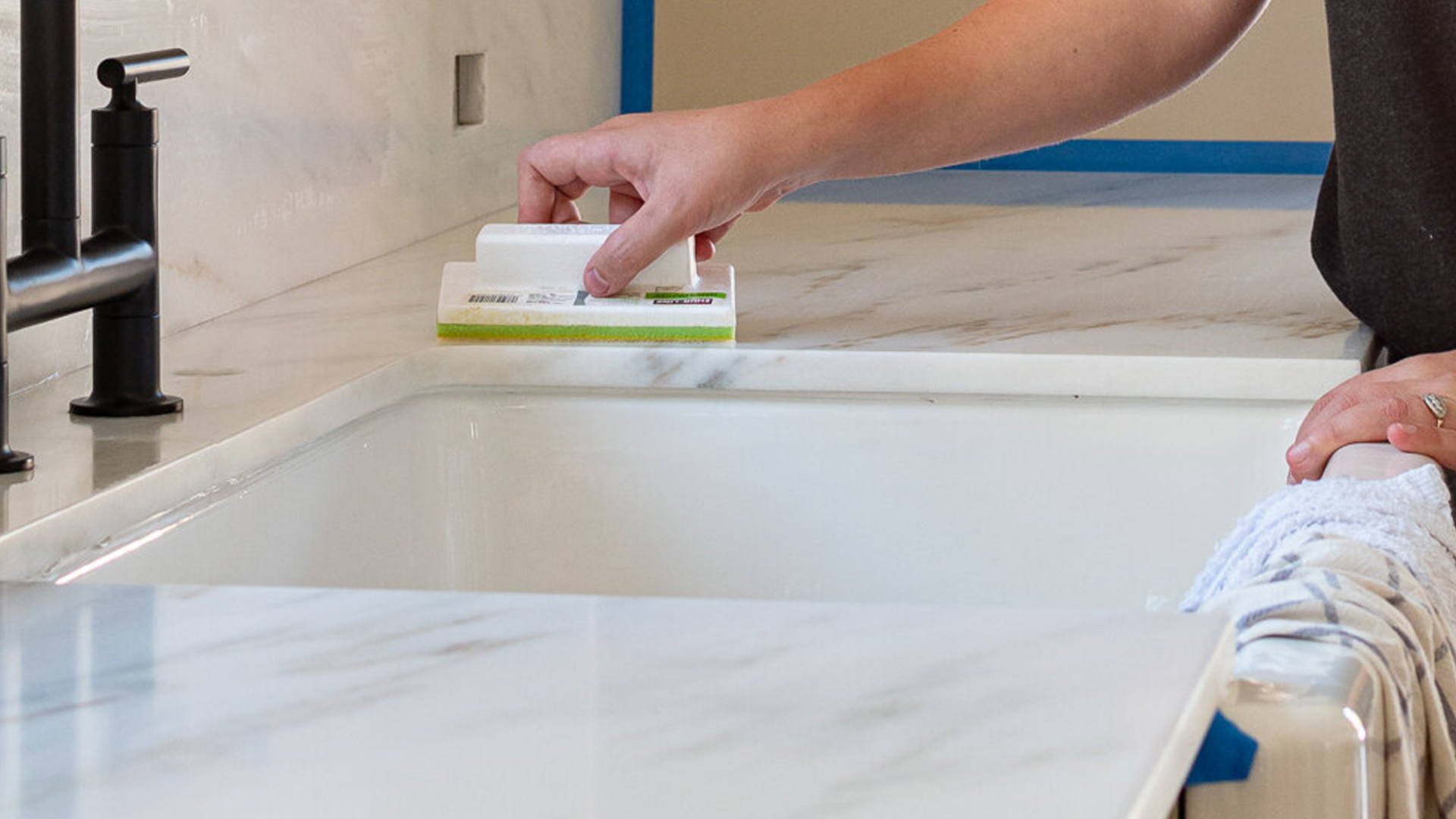Are you concerned about keeping your marble countertops or tiles looking great for years?
I understand; marble is beautiful, but it requires some attention to maintain its appeal.
Over the years, I’ve worked with marble surfaces in my own home, and I’ve learned firsthand how important sealing is to protect them from stains and damage.
In this blog, I’ll walk you through the simple steps and materials needed to seal your marble surfaces, from countertops to tiles.
By the end, you’ll feel confident in your ability to protect and preserve your marble investment.
Let’s get started and ensure your marble surfaces stay in top condition.
What is Marble Sealing and Why It’s Important
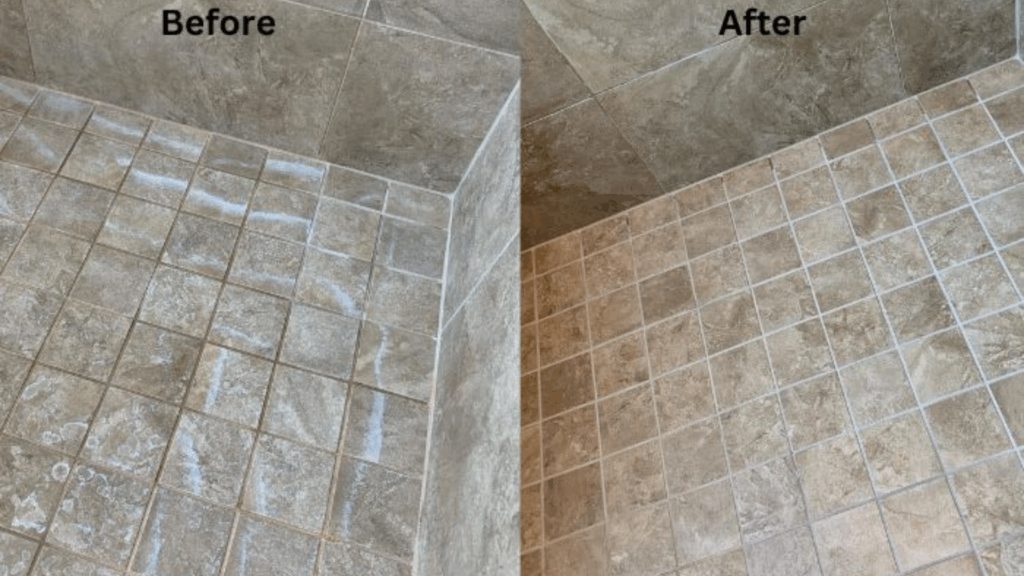
Marble sealing is the process of applying a protective layer to your marble surfaces to prevent stains, moisture, and damage.
I’ve learned from experience that marble, though beautiful, is porous, meaning it can absorb liquids and oils easily, leading to stubborn stains.
Sealing marble helps fill these tiny pores, creating a barrier that keeps liquids from soaking in.
I’ve had my share of spills that would have left permanent marks if I hadn’t sealed my marble countertops.
Sealing not only helps protect against stains but also makes cleaning much easier. It’s an essential step if you want your marble to stay as pristine as the day it was installed.
Materials Needed for Marble Sealing
To seal your marble surfaces, you’ll need a few essential tools and products. These materials will help ensure the sealing process is done correctly and effectively.
- Marble Sealer: Choose a high-quality, penetrating sealer specifically designed for marble.
- Clean Cloths or Rags: For applying the sealer and wiping off excess.
- Mild Cleaner: To clean the marble surface before sealing.
- Bucket of Water: For cleaning the surface before sealing.
- Rubber Gloves: To protect your hands from chemicals.
- Sponge or Soft Brush: For cleaning hard-to-reach spots.
- Paint Applicator or Foam Roller: For applying an even layer of sealer.
- Microfiber Cloth: To buff and remove excess sealer after application.
How to Seal Marble Countertops: A Simple Step-by-Step Guide
Sealing marble surfaces is an essential step to protect them from stains and damage. Follow these easy steps for a long-lasting, polished finish that keeps your marble looking great for years.
Step 1: Apply the Sealer
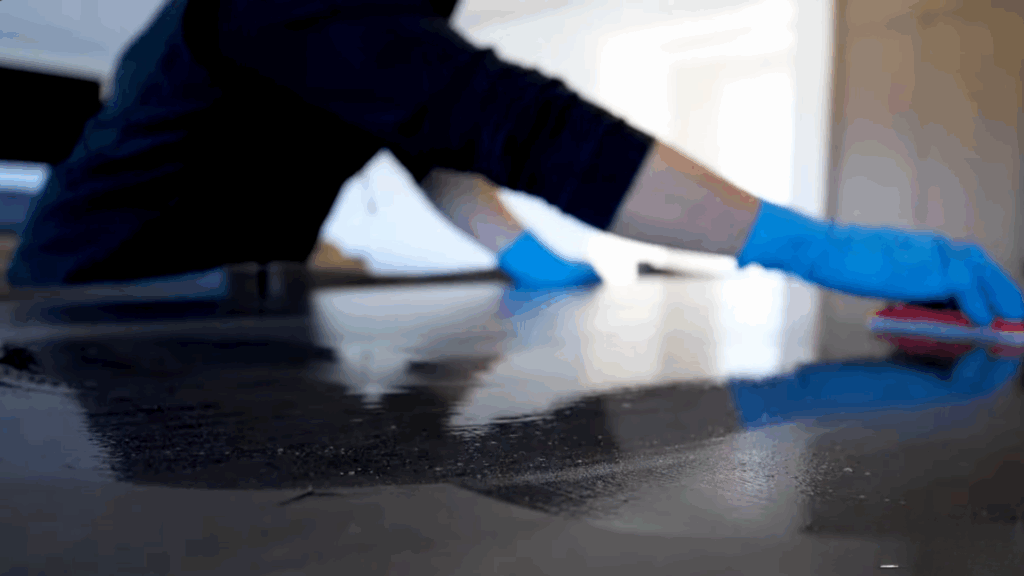
Start by applying a generous amount of sealer to your marble countertop. You can use a paintbrush, roller, or a paint pad, whatever you’re comfortable with.
The key is to spread the sealer evenly across the surface. The more liberal you are with the sealer, the better coverage you’ll get.
Once you’ve applied the sealer, give it about 15 minutes to soak in.
Make sure to keep an eye on it during this time and spread it evenly to avoid pooling. This is an essential step for ensuring the sealer penetrates the stone.
Step 2: Wipe Down the Countertop
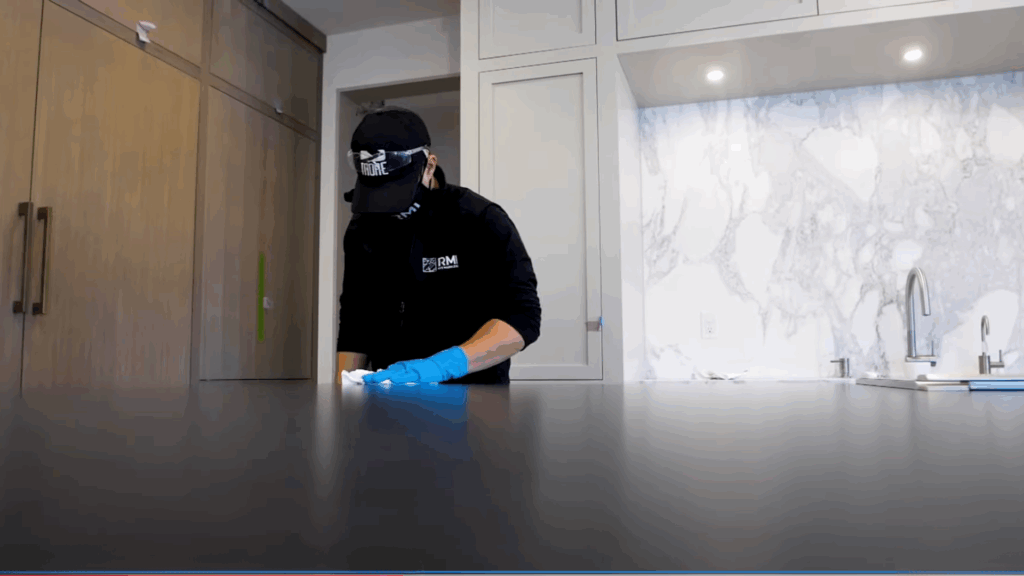
After 15 minutes, it’s time to wipe off the excess sealer. Grab a clean rag or paper towel and gently wipe the surface.
This helps remove any sealer that hasn’t soaked into the stone and ensures an even finish.
Step 3: Repeat the Process
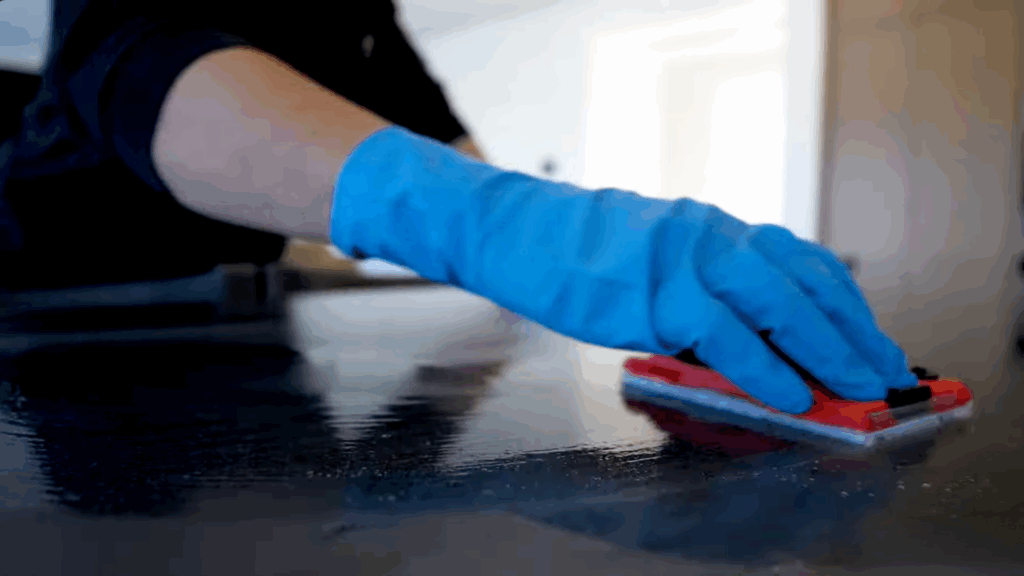
You’ll need to apply two more coats to ensure full protection.
Follow the same process: apply the sealer, let it sit for 15 minutes, then wipe away the excess.
After three coats, your countertop will be well-protected and sealed.
Step 4: Check If Your Countertops Need Resealing
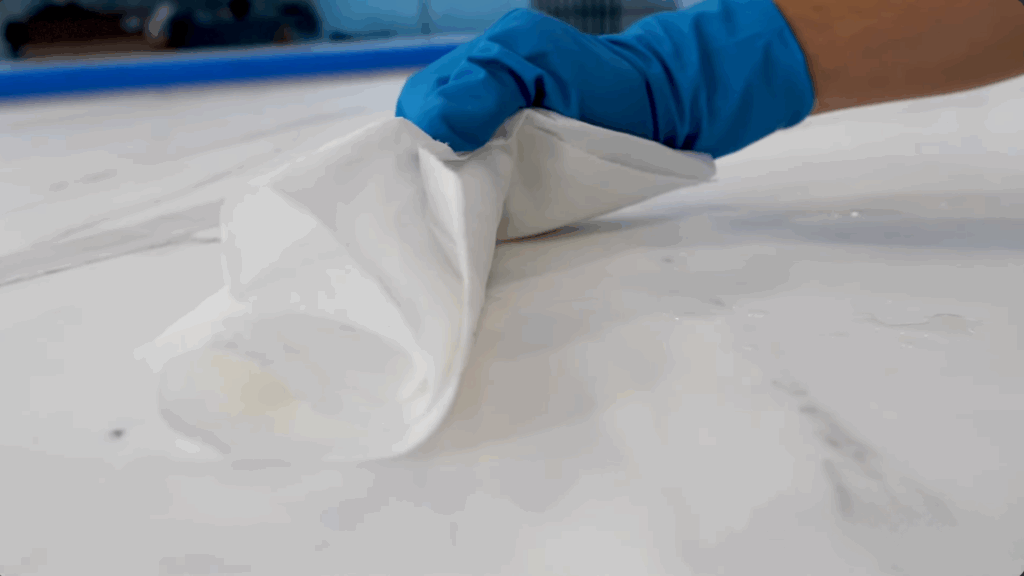
So, how do you know when it’s time to reseal your countertops? It’s easy. Just pour a little water on the surface.
If the water beads up and doesn’t get absorbed, you’re good to go. If it soaks in and leaves dark spots, it’s time for another round of sealing.
This tutorial is based on a helpful video by @ryemarble8429. You can check out the original video on their YouTube channel here or watch it below.
Cleaning and Maintaining Your Sealed Countertops
Proper cleaning and maintenance are essential to keep your sealed marble countertops looking their best. Follow these simple tips to maintain their beauty and durability:
- Use a gentle cleaner to avoid damaging the sealer.
- Wipe down with a soft rag or paper towel to remove dirt and grime.
- Avoid harsh chemicals or abrasives that can cause long-term damage.
Best Types of Sealers for Marble
When it comes to sealing marble, there are a few types of sealers to choose from, each with its own advantages. I’ve tried a few of them and found that understanding the differences really helps in choosing the right one for your needs.
1. Penetrating Sealers
Penetrating sealers soak into the marble and form a protective barrier within the stone without changing its natural look.
They are ideal for countertops and other high-traffic areas where protection against moisture and stains is needed.
Advantages:
- Provides long-lasting protection against stains and moisture
- Maintains the natural appearance of the marble
- Ideal for areas with heavy use and frequent spills
Disadvantages:
- May require reapplication over time
- Doesn’t provide extra shine or a glossy finish
- Less effective at resisting oil-based stains compared to impregnating sealers
2. Impregnating Sealers
Impregnating sealers penetrate deeper into the marble, offering stronger protection against moisture, stains, and oil. These are ideal for high-traffic areas or places prone to heavy staining.
Advantages:
- Provides deep, long-term protection
- Resists both water and oil-based stains
- Ideal for kitchens, bathrooms, or high-use marble surfaces
Disadvantages:
- May require more time to apply and set
- Slightly more expensive than other sealers
- Can alter the surface texture if not applied correctly
3. Topical Sealers
Topical sealers sit on the surface, creating a shiny, glossy finish that enhances the natural color of the marble. These are great for decorative marble floors or tiles that need extra visual appeal.
Advantages:
- Provides a glossy, polished finish
- Enhances the natural color and beauty of the marble
- Easy to apply and ideal for decorative surfaces
Disadvantages:
- Less durable, especially in high-traffic areas
- Requires frequent reapplication
- Can create a sticky surface if not applied correctly
Conclusion
Sealing your marble countertops and tiles is a simple yet essential process to keep them looking beautiful and protected for years.
By following the steps I’ve shared, including cleaning, masking, applying two coats of sealer, and buffing the surface, you’ll ensure that your marble stays free from stains and moisture damage.
I know how frustrating it can be to worry about spills or constant maintenance on marble surfaces.
But with the right sealer and proper care, you can protect your investment and enjoy the elegance of marble without the hassle.
I hope this guide has made the sealing process clearer and easier for you, helping you achieve a lasting, polished finish for your marble surfaces.

